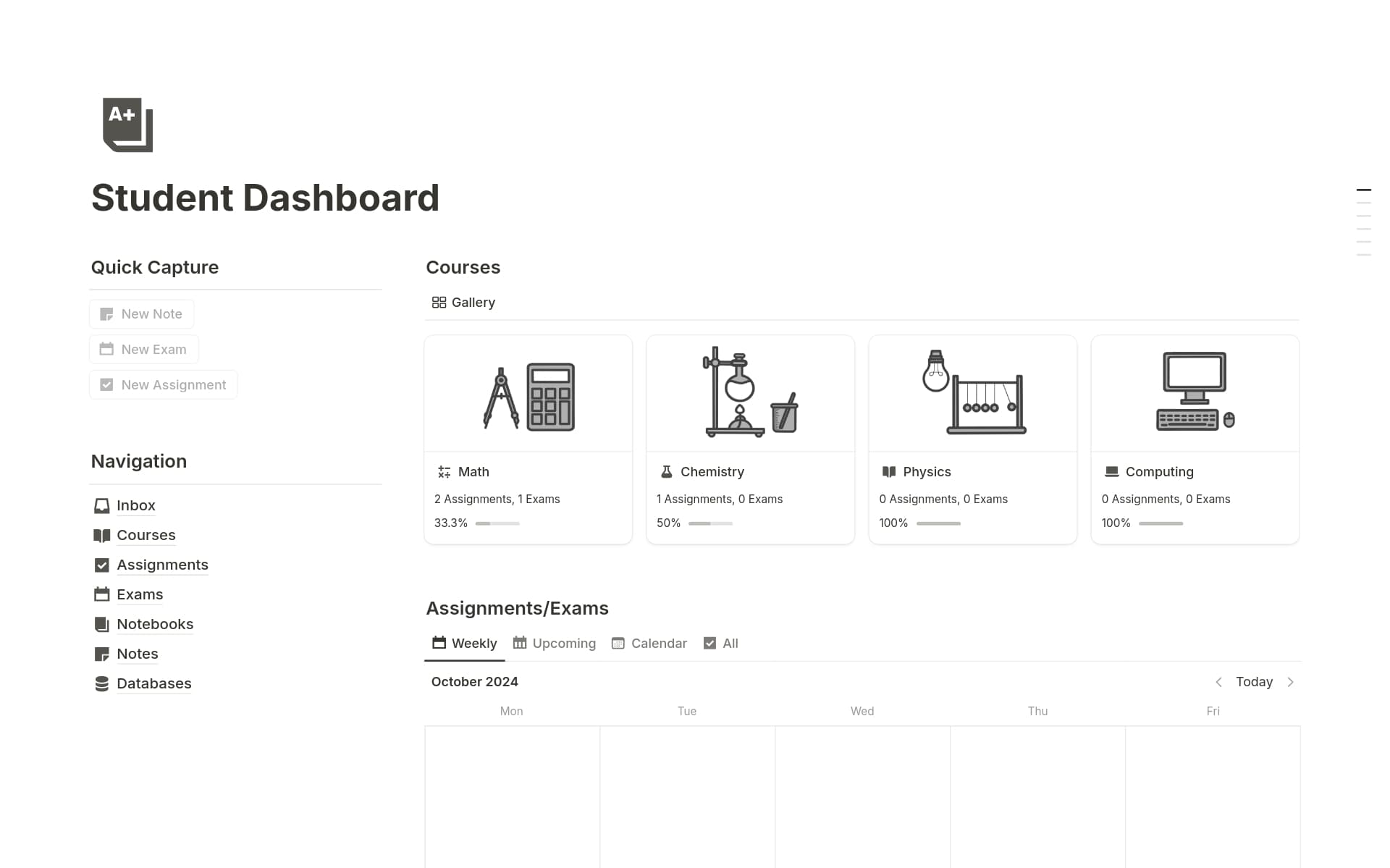Having a Financial Plan is crucial for achieving financial stability and reaching your long-term goals. It allows you to manage your income, expenses, and investments effectively, ensuring that you can navigate through life's financial challenges with confidence. A Financial Plan template in Notion can streamline this process, providing you with a structured approach to organize your finances and track your progress towards your financial objectives.
Before you dive into creating your own Financial Plan, consider exploring these Notion templates to simplify the process and set yourself up for success.
What Should Financial Plan Templates Include?
Choosing the right Financial Plan Template in Notion can streamline your financial management and ensure you keep on top of your goals. Here are key components to look for:
Comprehensive Budgeting Tools: A good template should offer detailed sections for tracking both income and expenses, helping you maintain a balanced budget.
Investment Tracking: It should include features to monitor investments, providing insights into performance and helping you make informed decisions.
Debt Management: Look for templates that facilitate tracking of various debts, including mortgages and loans, to effectively plan repayments and reduce financial burden.
Savings Goals: A section dedicated to setting and monitoring savings goals can motivate you to achieve your financial objectives faster.
Selecting a template with these components will not only organize your finances but also empower you to achieve your financial aspirations efficiently.
What Should Financial Plan Templates Avoid?
Choosing the right financial plan template in Notion can streamline your financial management, but it's equally important to know what to avoid. Here are three key components to steer clear of:
Overly Complex Features: Avoid templates that include unnecessary complexities which can complicate your financial tracking instead of simplifying it.
Generic Financial Goals: Select a template that allows for customizable goals rather than one with generic, one-size-fits-all financial targets that may not align with your specific needs.
Limited Integration Capabilities: Ensure the template can integrate smoothly with other tools and platforms you use. A lack of integration can hinder the efficiency of your financial planning.
Remember, the best financial plan template is one that fits seamlessly into your existing processes and helps you achieve your specific financial objectives with ease.



